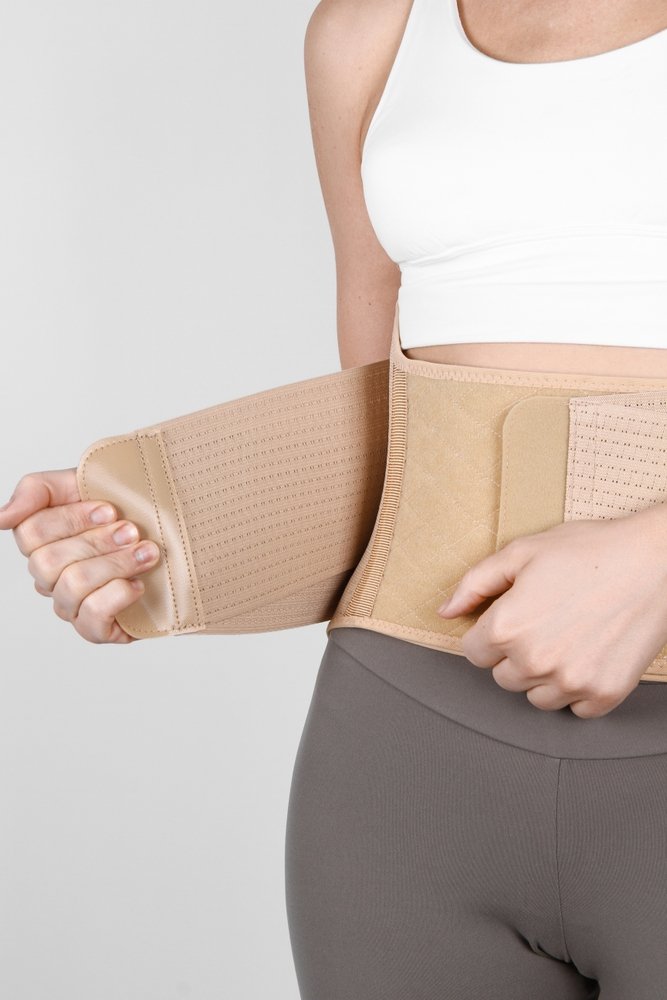Breast augmentation is an ideal option for women to improve their breasts’ shape and enhance self-confidence. Pregnancy, breastfeeding, hormonal changes, and aging can make a woman’s breasts less contoured, saggy, and hanging.
In addition, it improves your breasts’ symmetry, adds more volume and curves, and gives you a more youthful appearance. Another benefit of breast augmentation is more proportional body size, increased self-esteem, and better clothing options.
Although breast augmentation surgery has many benefits, it comes with a few downsides. The most significant concern is scars that appear on your breasts. That’s why most women look for a more reliable option to reduce the risk of scars.
Transaxillary breast augmentation is an advanced, cutting-edge technique that requires the surgeon to make a 1.5-inch incision in your armpit’s crease. Unlike traditional augmentation incisions, the procedure does not alter or modify your breast tissues.
Transaxillary is a minimally invasive surgery, allowing the surgeon to make the incision in the armpit and reducing the risk of visible scars. Recovery after transaxillary breast augmentation is optimal, efficient, and fast because you can manage the discomfort within five days.
Thus, you can resume your day-to-day activities quickly and enjoy healthier and well-contoured breasts. Today’s article will discuss transaxillary breast augmentation scars. Read on!
Will a Transaxillary Breast Augmentation Leave a Scar?
There are numerous transaxillary breast augmentation pros and cons. The primary advantage of this procedure is that the incision is not virtually visible. The surgeon makes the incision in the armpit, making it challenging for other people to notice.
Because it does not involve incisions on your breasts, you can wear any clothes, including undergarments, bathing suits, and tops, without worrying about the scar. If you have concerns about the scar in your armpit, you can discuss it with your surgeon.
Your surgeon will make substantial efforts to ensure the incision is small enough and the scar fades efficiently and quickly. There are a few downsides of transaxillary breast augmentation.
These include the incision made in the armpit that is compatible with saline-based implants. If you want to have silicone implants, the surgeon will have to make another incision.
Moreover, research studies show that surgeons have a reduced amount of control over the implant position when performing the surgery. The surgeon may find it challenging to place the implant under the breast’s pectoral muscles.
Transaxillary breast augmentation, also known as invisible augmentation, can leave the scar after the wound heals. The good news is that the scar is small enough and located in the crease of your armpit. Because there is no scar on your breasts, you can wear tops and bras in public or beach without losing your self-confidence.
Where Will My Scars Be Located?
The most significant advantage of transaxillary breast augmentation is no visible scarring on your breasts. The surgeon makes an incision in the armpit to insert the saline implant.
Therefore, this technique eliminates the need for an incision on the breast, preventing the visibility of scars. The location of the scar is the crease of your armpit. Because the scar is within your underarm’s fold, people won’t notice it.
Are Scars Avoidable?
The answer is “No.” You can’t avoid scars after transaxillary breast surgery. However, the surgeon places the mammary prosthesis through remote incisions away from the breasts, reducing the appearance of postoperative scars. In simple terms, no one will notice the scar in your armpit.
However, if you want to fade the scar and make it blend quickly with your skin, follow the health provider’s instructions during the rehabilitation period. In addition, you can use scar removal ointments and creams.
What will the scarring look like?
The scar will appear reddish, thin, and elongated in the crease of your armpit. The size of the scar ranges between one and two inches. Over time, your scar will become purple and fade away eventually. Remember, you have to follow the guidelines and care for the wound to ensure everything goes smoothly.
What to do Next?
Transaxillary is an innovative technique with fewer downsides than traditional breast augmentation. However, you may experience complications if you choose an amateur plastic surgeon with no experience.
Moon Plastic Surgery Clinic has been serving the Miami community and visitors from other cities in the U.S for years. We have a team of qualified and board-certified plastic surgeons with years of experience and extensive knowledge of transaxillary augmentation. Call us between 9:00 AM and 5:00 PM Monday to Friday for more information on this surgery.









